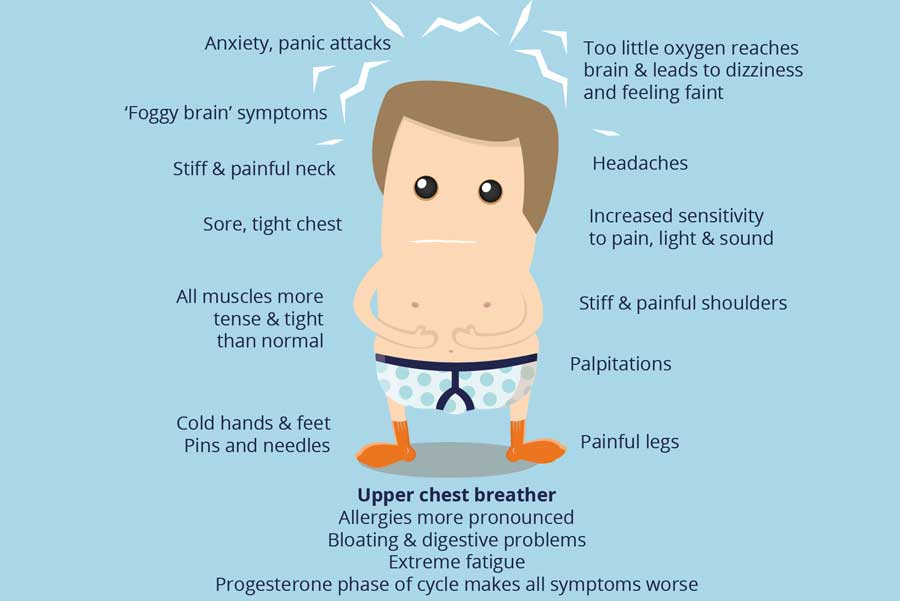5 Lessons from the UK's Leading Expert in Back Pain
In the world of back pain, Nick Potter is the leading expert in the UK. With clients like Elton John and Michael McIntyre, he’s a leader in the field, known for his uniquely effective approach that blends physical, psychological, and neurological insights.
We recently had the chance to sit down with Nick, at an asset management firm where he works part-time in-house. What we learned was eye-opening. His insights on the brain’s role in pain, hypermobility and the power of movement and environment have reshaped how we view chronic pain—and influenced how we’re designing our latest wearable tech at Curv.
Here are five game-changing lessons from our conversation with Nick Potter, the UK's expert on pain management:
Lesson 1: Movement and Breathing are Crucial
Movement and breathing are foundational to managing and alleviating back pain. He emphasised that simple yet effective changes, like incorporating standing desks and focusing on diaphragmatic breathing, can have profound impacts.
Physical exercise and consistent motion in daily routines helps regulate the body’s stress response, which can reduce pain perception and improve overall well-being.
Proper breathing, especially diaphragmatic breathing, plays a critical role in managing pain by reducing stress and improving oxygen flow to muscles. By making these adjustments, individuals can also enhance cognitive function.
Lesson 2: The Brain’s Role in Pain
Pain is primarily rooted in the brain rather than the body. The brain continuously monitors and adjusts the body’s internal state, creating a "homeostatic" balance that reflects how we experience pain.
When the brain perceives a threat or stress, it can amplify pain signals, making discomfort seem more intense. This means that pain management isn’t just about addressing physical symptoms but also involves understanding and addressing the brain’s role in processing pain. Potter’s approach highlights the importance of addressing mental and emotional factors in pain management.
Lesson 3: Hypermobility and ADHD are Linked
Nick Potter revealed a surprising connection between hypermobility and ADHD, highlighting how these two conditions often intersect. Hypermobility, characterised by overly flexible joints and muscles, is not just a physical trait—it can significantly contribute to chronic pain.
The link lies in how the nervous system processes pain and movement. Because hypermobile individuals have joints that move beyond the normal range, their nervous systems are constantly working to maintain stability. This can cause heightened sensitivity to pain and also leads to fatigue, brain fog and changes in the autonomic nervous system as well as blood pressure fluctuations. In some cases, it leads to neurodevelopment challenges such as ADHD.
Lesson 4: The Power of Placebo
One of Nick Potter’s most striking insights is his belief in the power of placebos. He explained that 30-50% of pain relief can be achieved through the belief that a treatment will work. This isn't just about "mind over matter"—it’s a real physiological response. The placebo effect works by harnessing the body’s natural healing mechanisms through the belief that a treatment will be effective. When patients believe in the effectiveness of a treatment, their brain can trigger actual physical changes that reduce pain
Lesson 5: Pain is Holistic
“Back pain is just where your brain has decided to manifest pain.” Interestingly, back pain is more common in men, while neck pain is more common in women. This distinction underscores how pain manifests differently based on individual physiology and stress responses.
Potter also stresses the importance of parasympathetic function for effective pain management. A good parasympathetic nervous system helps the body relax and recover, counteracting the "fight/flight or freeze" response driven by the sympathetic nervous system.
Our conversation with Nick Potter offered profound insights into the nature of back pain and its management, and went far beyond these 5 lessons. His perspectives on movement, breathing, and the brain’s role in pain will significantly influence our approach to designing back care wearable
Find out more - CurvLABS early accessAnimated icons created by Freepik - Flaticon https://www.flaticon.com/free-animated-icons/back-pain
Other News Articles You May Be Interested In
A pain in the neck
Do you get neck pain which particularly manifests in the tops of your shoulders, relieved but only temporarily by massage?...
BREATHING, ANXIETY & LUNG HEALTH
BREATHINGWe need to start a breathing revolution. You are about to start something which could and most probably will, change...


